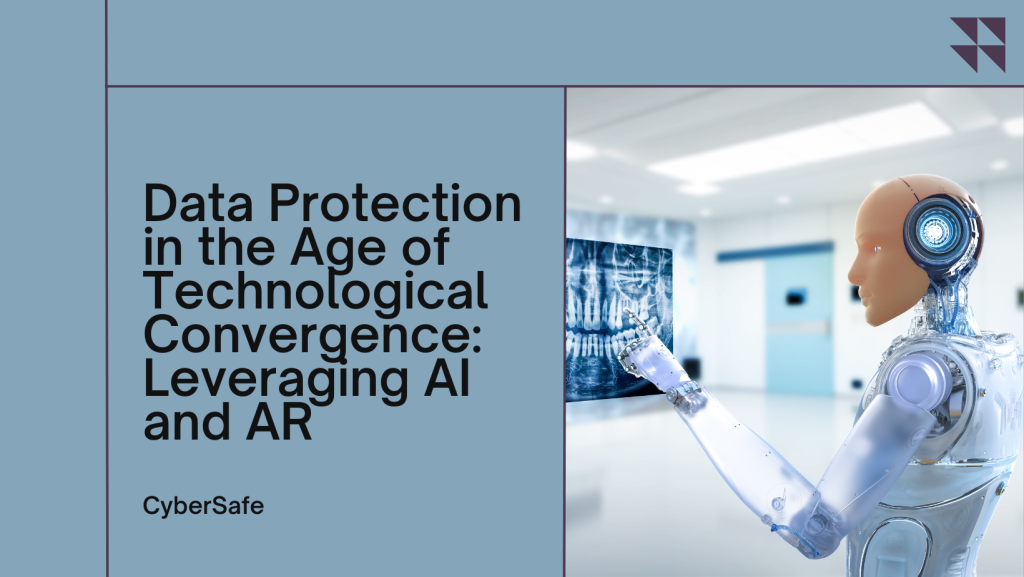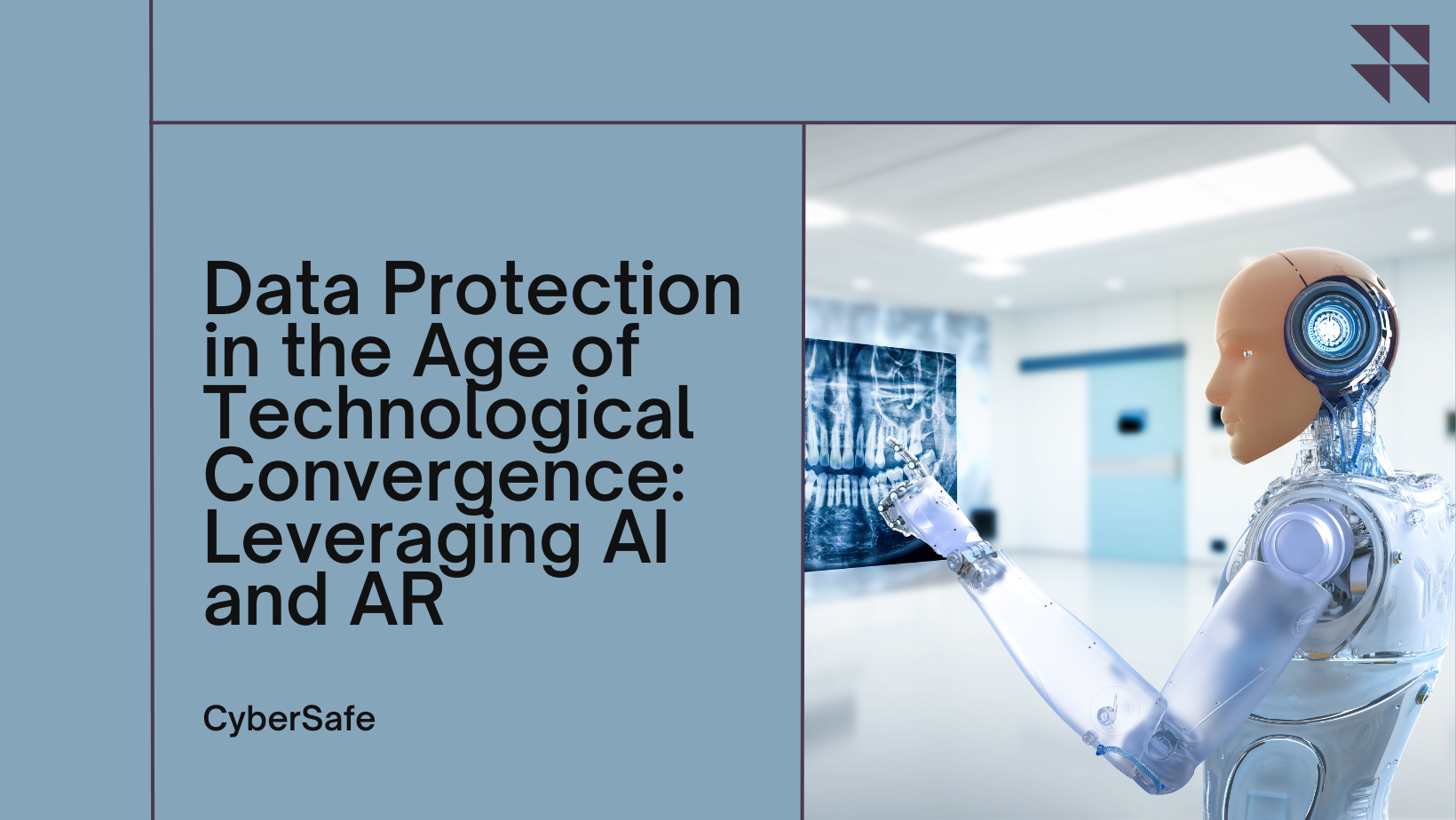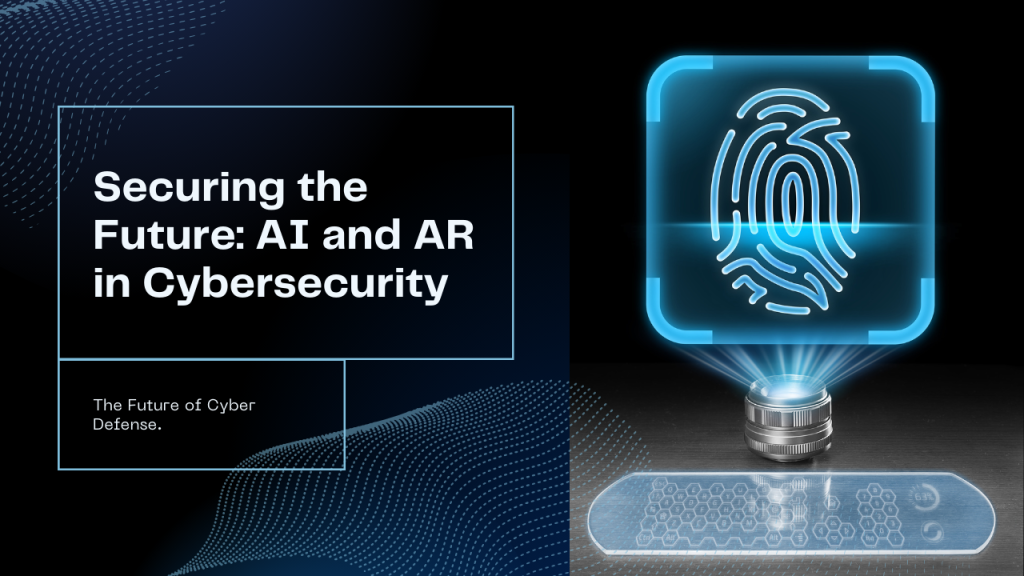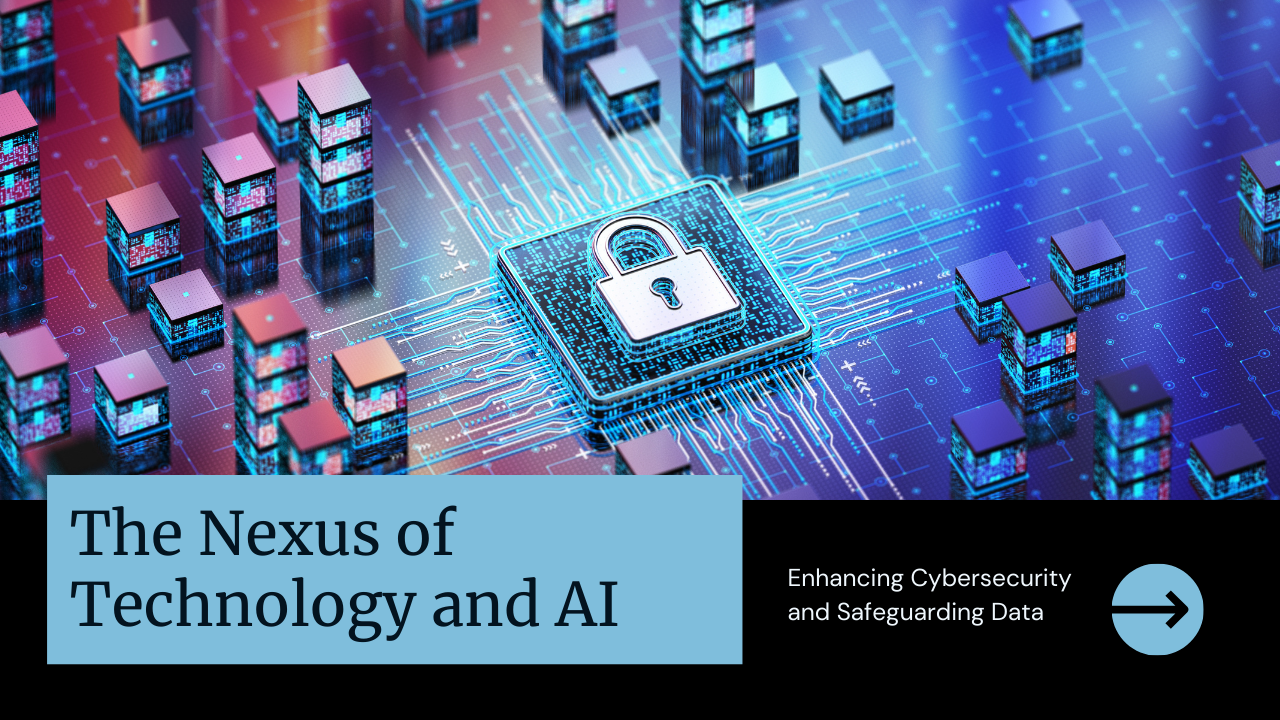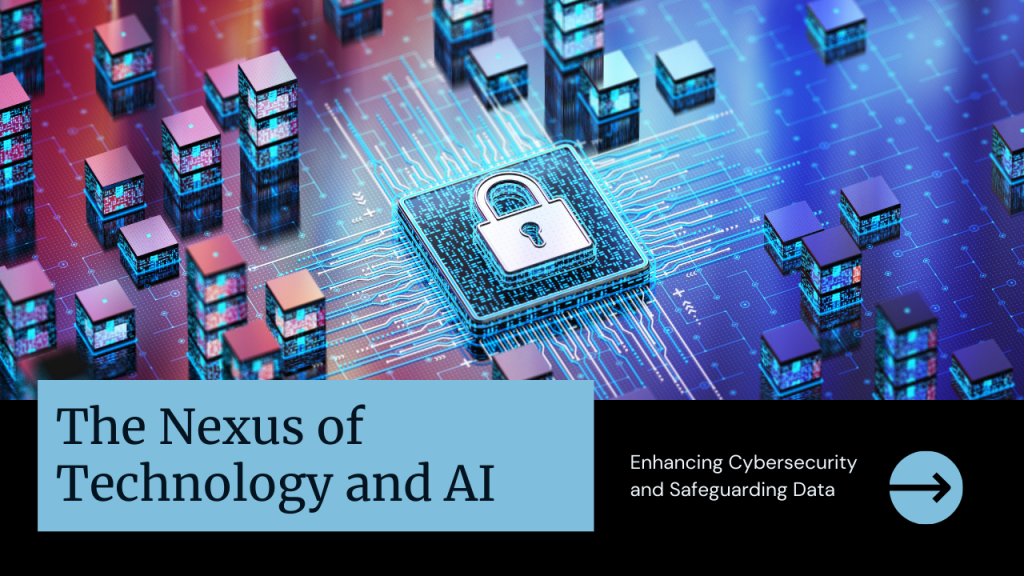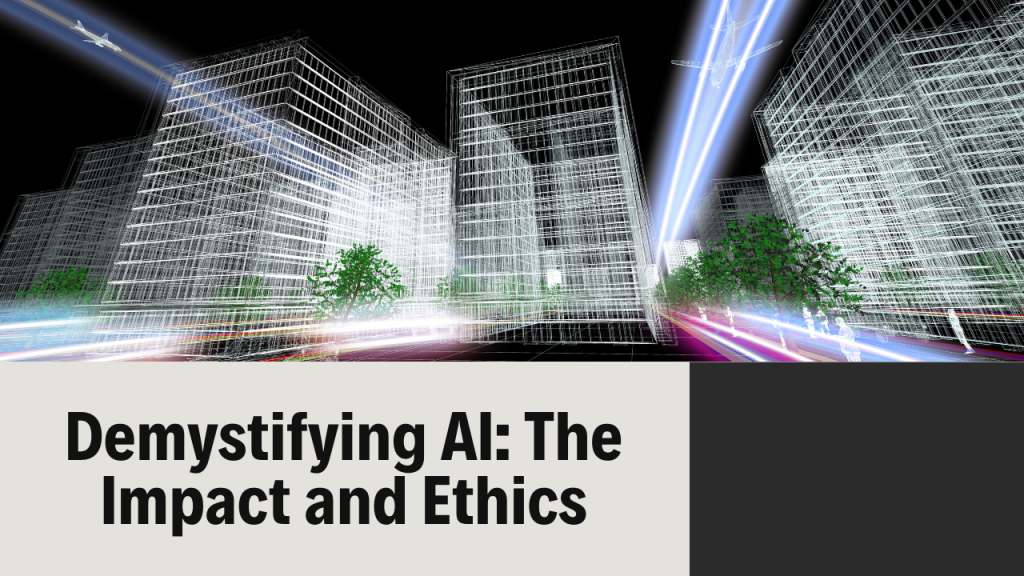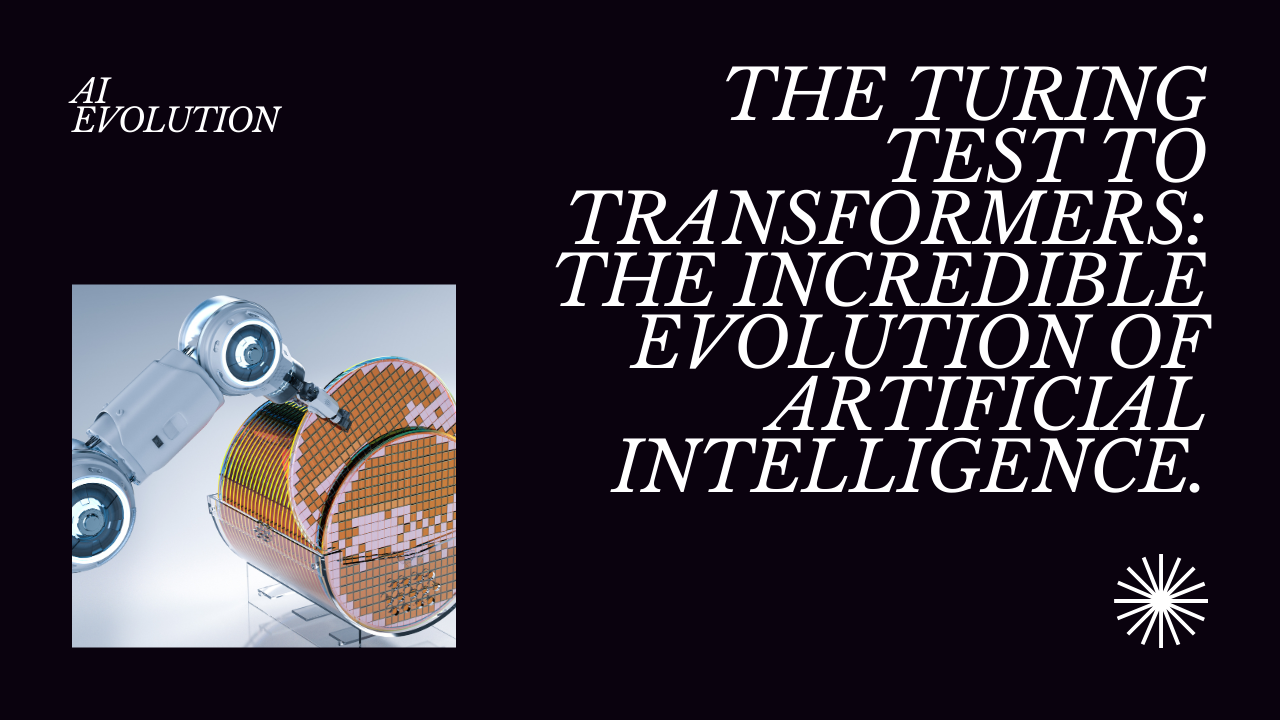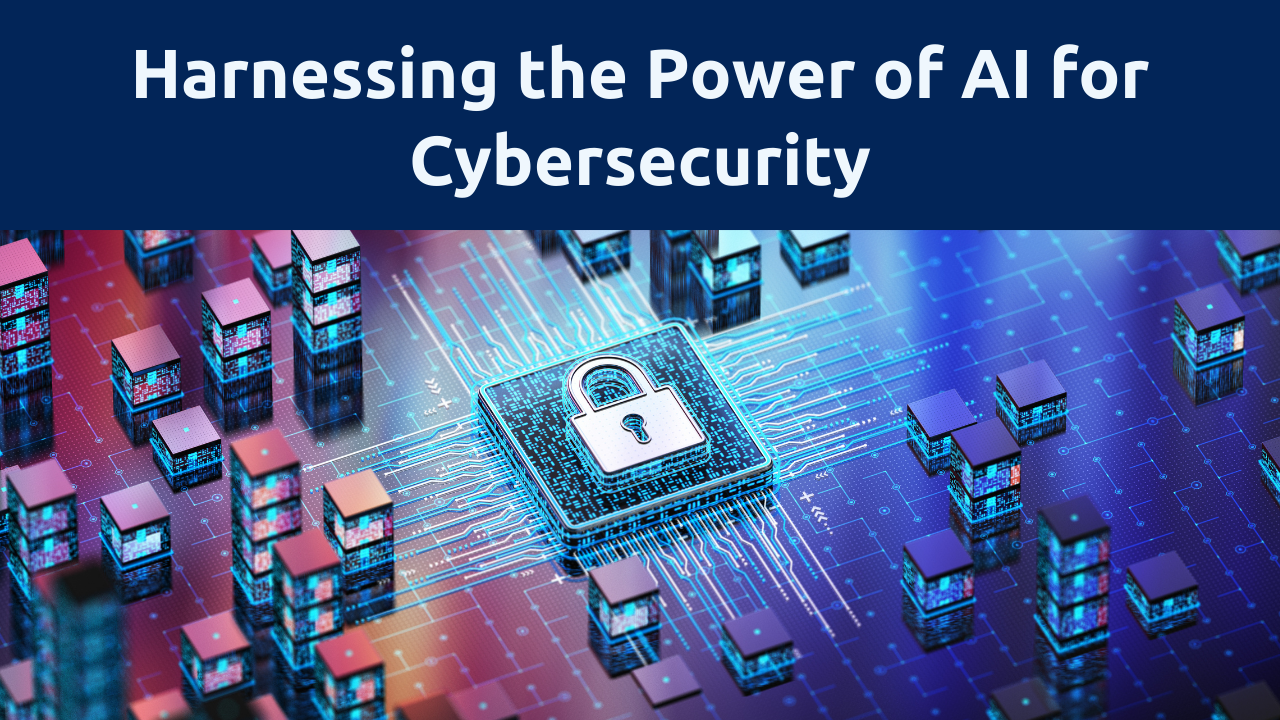Data protection has become a top priority for businesses looking to secure sensitive data from a variety of online risks in an era of rapidly advancing technology. By utilizing AI and AR’s disruptive potential, businesses can strengthen their defenses and effectively navigate the complicated world of data security with never-before-seen precision and efficacy.
Artificial intelligence is essential to improving data protection protocols because of its capacity to examine large datasets and spot trends. AI-powered solutions enable enterprises to proactively manage risks and quickly respond to new threats by detecting anomalies that may be signs of possible security breaches in real-time. Predictive analytics powered by AI also enables companies to foresee and proactively address risks, reducing the risk of data breaches and illegal access.
AI-driven data protection techniques are enhanced by augmented reality, which offers immersive visualization capabilities for comprehending and controlling intricate digital settings. Cybersecurity experts can obtain better insights into data flows, network setups, and potential vulnerabilities through AR-enhanced interfaces, which can help with more informed decision-making and focused risk mitigation efforts. Augmented reality (AR) technology enable enterprises to improve their situational awareness and response skills by superimposing contextual information onto physical places. This strengthens the organizations’ defenses against cyber attacks.
Additionally, the construction of complex training simulations and immersive learning environments for cybersecurity professionals is made possible by the confluence of AI and AR. Through the use of augmented reality (AR) settings that simulate authentic cyber threat scenarios, companies may offer practical training opportunities that let staff members hone their skills without running any risk.
Organizations must emphasize ethical considerations and regulatory compliance when they embrace AI and AR for data protection objectives. To guarantee the responsible and transparent use of new technologies, protect people’s right to privacy, and maintain the integrity of sensitive data, comprehensive governance structures must be put in place.
To sum up, the combination of Artificial Intelligence and Augmented Reality has great potential to improve data security protocols in the digital era. Organizations can strengthen their defenses, reduce risks, and manage the changing threat landscape with confidence and resilience by utilizing AI-driven analytics and AR-enhanced visualization. Businesses may safeguard their data assets and maintain their commitment to protecting client confidentiality and privacy by making proactive investments in AI and AR technology.
